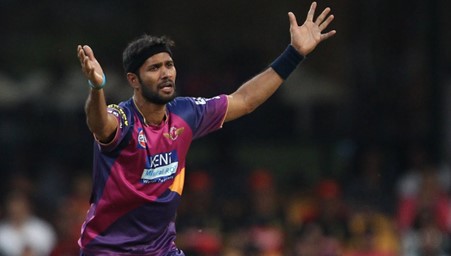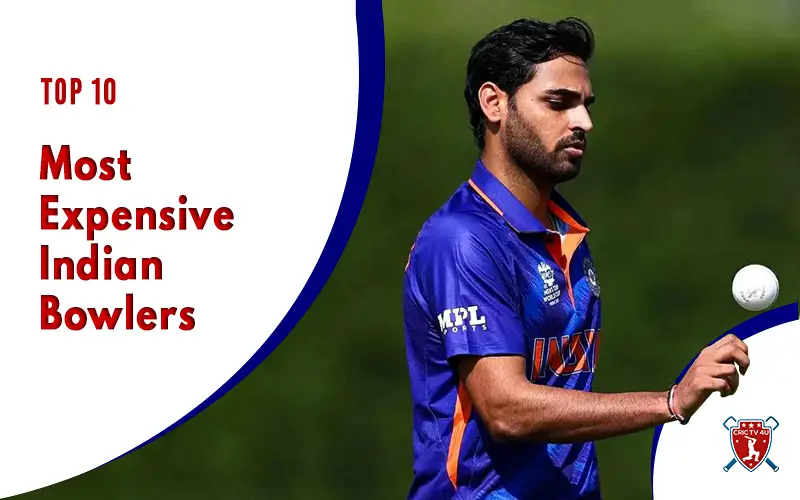There is no doubt in claiming that cricket is in favor of batters, but bowlers still have opportunities to make an impact with their variations and skills. However, the conditions are sometimes far too complex for the bowlers to find a way to contain the batters, resulting in costly spells. Let us look at the most expensive Indian bowlers.
1. Bhuvneshwar Kumar
One of just two bowlers to have allowed more than 100 runs in a single ODI match for India is Bhuvneshwar Kumar. The right-arm swing bowler, who presently leads the Indian attack, set this regrettable record against South Africa in the final ODI of the ODI series in 2015 when he conceded 106 runs in his allotted ten overs. India suffered a 3-2 series loss.
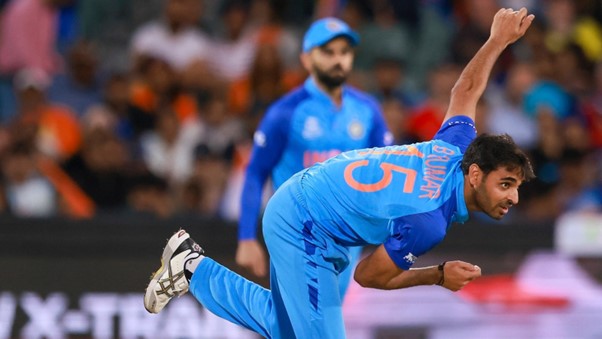
2. Vinay Kumar
Another bowler who holds the Indian record for most runs allowed in a Day International game is Vinay Kumar. 2013's ODI series against Australia last game saw Vinay get out for 102 runs. Vinay conceded a tonne of runs despite not even bowling all of his allotted innings. However, India won that game and the series.
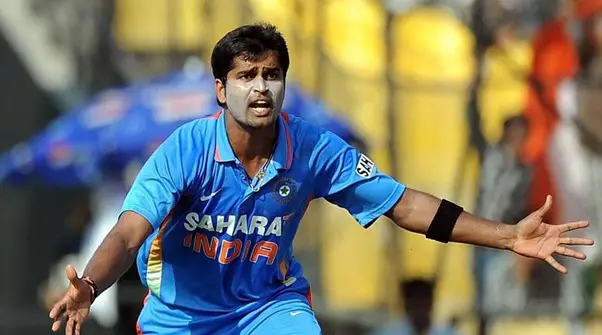
3. Praveen Kumar
With the new ball, he produced some beautiful swings. He became popular due to his victory in the CB series in 2007–2008. The disadvantages of that slow, medium pace became more apparent in the latter innings as he struggled to generate as much movement in the air with the old ball as he had been able to at the beginning. He quickly became a liability in the death overs, and even then, his fitness and anger management problems prevented him from playing.
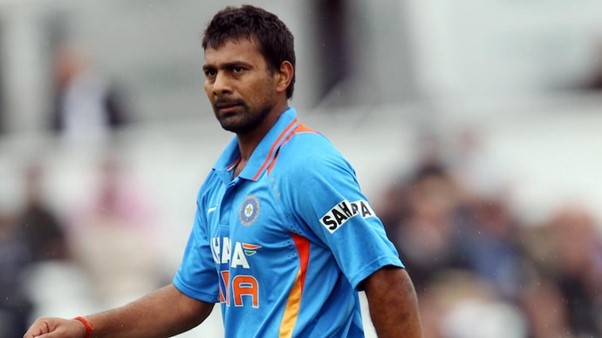
4. Irfan Pathan
Irfan Pathan's original form had enough pace and swing to threaten the top batters in the world. However, after the first two to three years of playing for an international team, his performance in 2006 was so poor that he was sent home in the middle of a tour against South Africa. Because of his injuries, he has had trouble making a comeback.
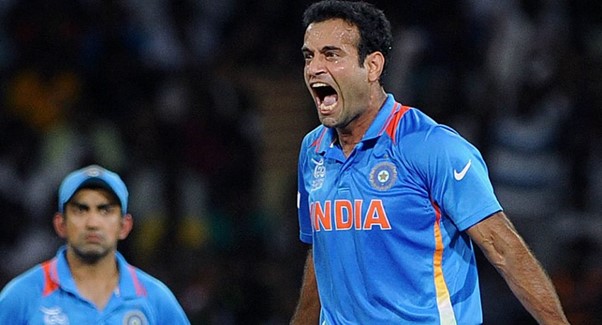
5. Yuzvendra Chahal
In his ten overs during this World Cup match between India and England in Birmingham last year, Chahal conceded 88 runs. Chahal was the costliest bowler in that game, even though all Indian bowlers were pricey save Bumrah. India missed the target by 31 runs after England scored a massive 337 while batting first. India just lost once at the ODI World Cup 2019's opening round.
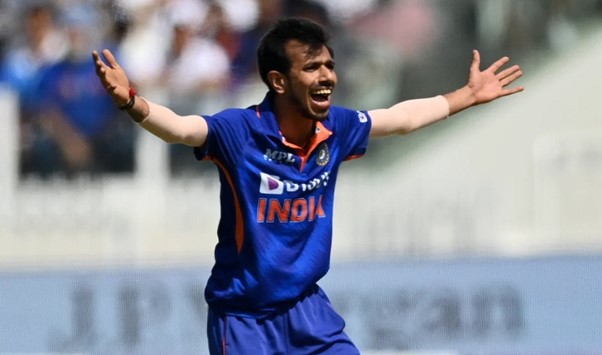
6. Ishant Sharma
Ishant has been yet another example of a skill that has been wasted. In limited-overs cricket, his back-of-the-length bowling has been a complete disaster. The batters have often taken the brunt of his lack of a backup plan and his incredibly predictable line and length bowling. Most of his dismissals have occurred in the closing stages of the innings when he averages over seven runs per over and is frequently the target of batsmen.
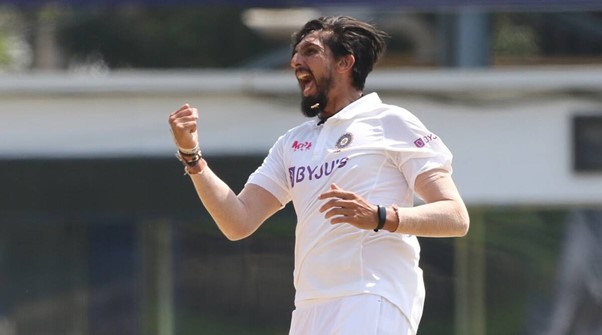
7. RP Singh
As a left-arm fast-medium bowler for the Indian national cricket squad, Rudra Pratap Singh competed in Test, One Day International, and Twenty20 International cricket. He declared his retirement from all forms of cricket in September 2018. He was not practical for team India and was a very expensive bowler.
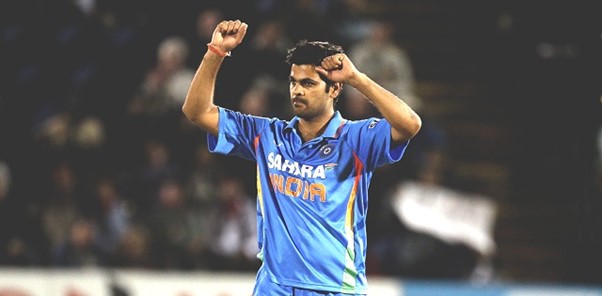
8. Mohit Sharma
It was not until the 2013 IPL that Mohit cemented his reputation. He got selected by MS Dhoni in the auction to be the new-ball bowler for Chennai Super Kings. In the first six overs, he caused difficulty for the batters with his quick, suffocating lines, hitting the deck hard and proving to be quite a handful. He took twenty wickets in his first IPL season. From that point on, things became worse as he also lost his chance to play in the T20 World Cup. He fell farther down the pecking order due to the Indian setup, including younger pace alternatives.
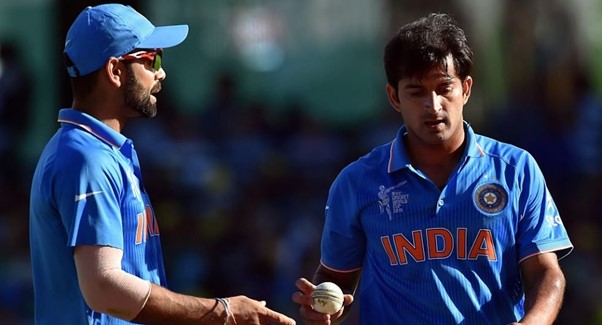
9. Laxmipathy Balaji
He lost all relevance after 2005 due to ongoing injuries and a decline in speed. Balaji's situation was essentially the same as that of the other Indian pacers at that time. For three years, he could not play cricket due to a stress fracture and back surgery. He quickly vanished entirely, and the selectors went on.
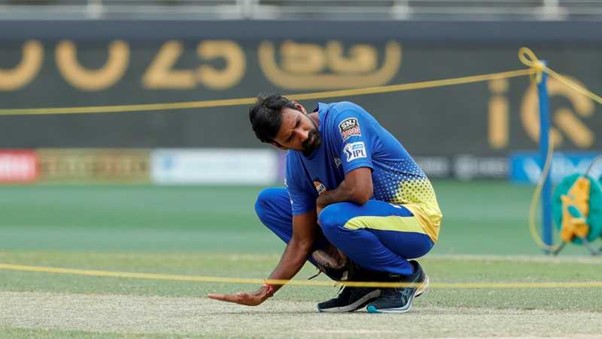
10. Ashok Dinda
He spent three years on the outside of the national team due to uneven results at the international level. There were very few opportunities. He rapidly lost popularity with the selectors due to his lack of impact and the growing economy.
